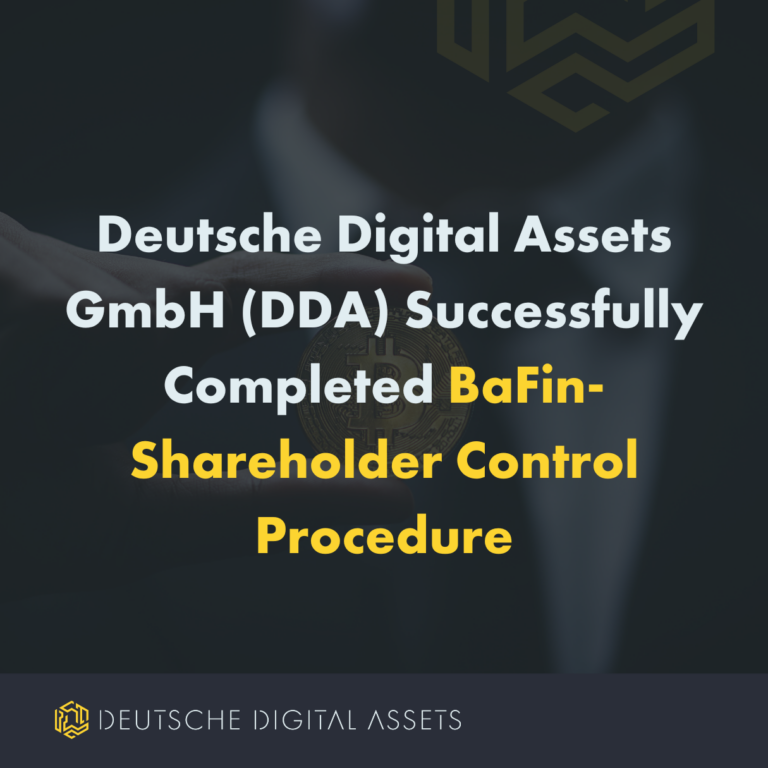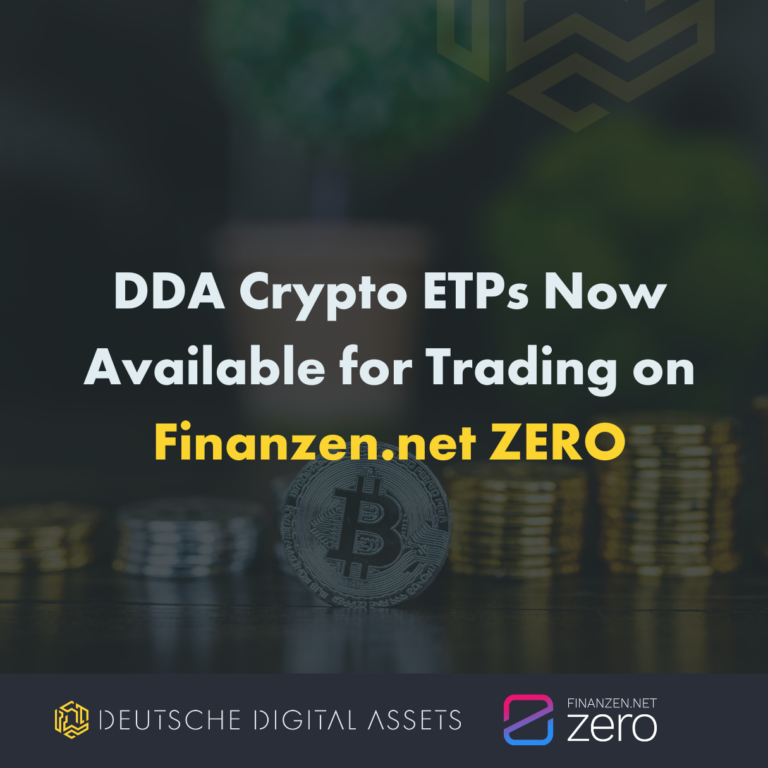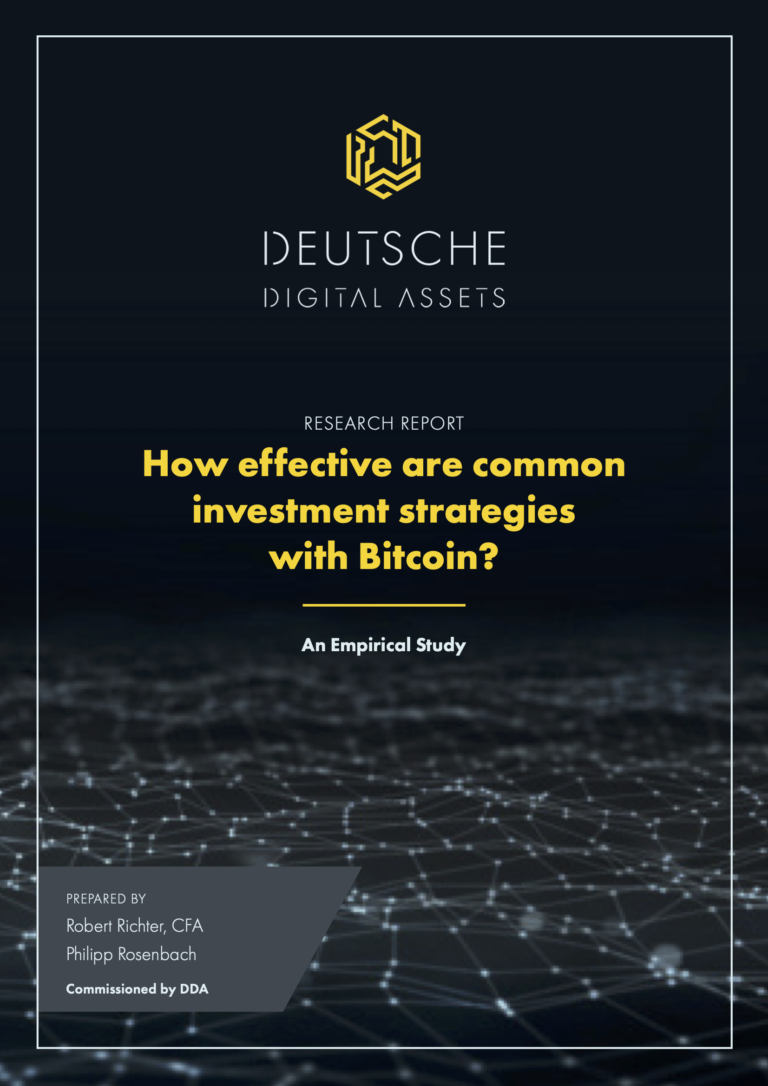By Eleanor Haas, blockchain/crypto columnist for Iconic Holding, advisor innovators and Astia Angels and Director, Keiretsu Forum Mid-Atlantic.

“Turn! Turn! Turn! (To Everything There is a Season)” Pete Seeger’s ageless plea for peace — based on the Old Testament — perfectly expresses what seems to be happening with the blockchain/crypto space: continuous change. Each new stage seems to be a valid destination. Then the cycle turns again. Oh, yes, and with each turn, space expands to new kinds of opportunities. Are we there yet? Hardly! But multiple financing options have sprouted for starting and growing new blockchain/crypto ventures. There’s a definite feeling of crypto spring in the air.
Crowdfunding
The ICO, the first public funding for blockchain/crypto projects, was enabled by a form of crowdfunding, itself legislated into business use through the JOBS Act just a year before the first ICO. Both turn traditional fundraising upside down. Instead of asking a few hard-to-reach sources for large sums of money to finance a business, both use the Internet to reach thousands of people and ask for smaller amounts.
Crowdfunding helped some early ICO candidates raise the funds needed for the ICO itself. Alas, like the ICO, lack of transparency and accountability plus frequent failures caused crowdfunding to lose trust, though there have been some successes and there are industry leaders aggressively advocating for reform. One of these is Ryan Feit, founder and CEO of SeedInvest, one of the first crowdfunding platforms. SeedInvest vets applicants with a comprehensive due diligence process that requires compliance with the SEC and has accepted only about 1% of startups that applied.
Now Pledgecamp, which just completed an STO and is scheduled to launch in Q3, has used blockchain technology to develop a new crowdfunding platform, to restore trust in the practice. Smart contracts will be key to this, through the transparency they enable, along with Backer Insurance, which requires project creators to proposed milestones before contributions are made and then unlocks funds only as supporters vote fulfillment of each milestone.
So, startups have a handful of reliable crowdfunding websites and the promise of reconstituted crowdfunding to get to their ICO.
Initial Token Offerings (ITO)
“I published a white paper and an address, and strangers were sending me money.” That’s how a Seattle-based software engineer named J.R. Willett created the first ITO, a crowdfunding event to generate a new token in 2013, called an Initial Coin Offering (ICO). Ethereum, the blockchain platform that was to become the ICO gateway, was born the following year.
Then came exuberance, followed by reality and, in late 2018, crypto winter — along with serious regulatory attention. For good reason: A Satis Group– commissioned study found that 81% of ICO’s were scams. So the ICO fell into disrepute, with Q1 2019 stats even below those of Q4 2018 in number of ICOs and dollars raised; yet, they did raise $902 million, according to ICOBench, and the average ICO raised $2 million more in Q1 2019 than in Q4 2018. So the original ITO is down but not out. Several websites publish calendars of upcoming and ongoing ICOs, including Coindesk.com.

At the same time, the ICO morphed into a new form of ITO, the STO. In April 2017, as the ICO moved towards exuberance, the STO, or security token offering emerged — a crypto token that qualifies as a tradable asset — such as a stock, bond, option, etc. — in SEC terms, which is to say meets the Howey Test, and is required by law to comply with SEC regulations. Compliance brings safeguards for investors but also limits the amount of sales beyond accredited investors.
Regulatory uncertainty has complicated STO use. On April 3rd, the SEC released fresh regulatory guidance for token issuers The framework offers further clarity but clearly states it is a guideline, not a rule or regulation. Security attorneys and the SEC continue working on open questions. Forbes recently published a helpful article on “How to Run a Successful Security Token Offering in Compliance with New SEC Guidance.”
The number of STOs grew strongly in 2018 and surged to an increase of 130% in Q1 2019 over Q4 2018, according to a report by InWara.

The market’s enthusiasm for the security token stems in part from the unlimited use cases it affords despite this still being uncharted territory. It combines programmable equity with crypto fundraising, 24/7 global access to markets, lower fees (no middleman) and access to 2 billion unbanked potential customers.
Further, the security token, itself an expansion of the blockchain/crypto space initiated by cryptocurrencies, followed by utility tokens, and smart contracts, will require development of new infrastructure: marketplaces/exchanges, STOs, custodians, wallets, etc. It’s like building an onion from the inside out!
Tokenization
Creating a new token represents a share of ownership in a new tradable asset. That’s one side of the coin — no pun intended. The other is tokenizing an existing asset, such as real estate, gold, an art collection, intellectual property, etc.
Tokenizing enables liquidity, among other things. This frees up capital provided there is demand for the token, a trustworthy exchange for trading it, and an acceptable exchange rate. This makes tokenization a cash flow bet! What is the probability of demand? What is the availability of an acceptable exchange? What is that token selling for today? When the stars align and you can liquidate favorably, you can generate new capital from tokens in the same way as you would in selling stocks or bonds
Traditional Funding Sources
An especially encouraging sign of crypto spring is the growing number of traditional funding sources who’ve begun investing in blockchain/crypto.
Top accelerators have begun accepting blockchain/crypto companies — including the Entrepreneurs Roundtable Accelerator, 500 Startups and TechStars.
Cryptocurrencies have already attracted 68% of global millionaires to invest or plan to invest by 2022 according to a survey released May 3rd by deVere Group, a Dubai-based financial planning and advisory firm that has more than 80,000 clients in more than 100 countries and more than $1 billion in assets under advice.
Members of angel investor networks, such as Keiretsu Forum, the largest in the world, have begun accepting blockchain/crypto companies as presenters. Keiretsu Forum’s affiliate, Keiretsu Capital, has even formed a blockchain fund of funds and attracted individual investors for it.
Venture capital funds nearly tripled their investment in blockchain/crypto firms during the first three quarters of 2018, according to a report published September 30, 2018 by Diar, a digital currency news and information service. Citing Pitchbook data, Diar reported a total of $3.9 billion in VC capital had been invested in blockchain/crypto firms during this period. In addition the median value of each deal grew by over $1 million.

Andreessen Horowitz, one of the largest VC firms and an industry thought leader, has been driven by the opportunity they see in blockchain/crypto startups to move out of the VC structure altogether by registering as an RIA, Registered Investment Advisor. As VCs, they were constrained by their limited partner agreements to devote no more than 20% of their capital to nontraditional investment “experiments.” This on top of having formed a special crypto fund last year in order to be able to move more aggressively on blockchain/crypto opportunities.
For specific funders, you’ll want to see the list recently published by The Bitcoin Pub, a community of cryptocurrency enthusiasts — 170 VCs and Hedge Funds Investing in Crypto and Blockchain Companies.
Conclusion
To paraphrase an early song by Alan J. Lerner (“Paint Your Wagon”): where are we goin’? I don’t know. Where are we headin’? I ain’t certain. All I know is we are on our way!













